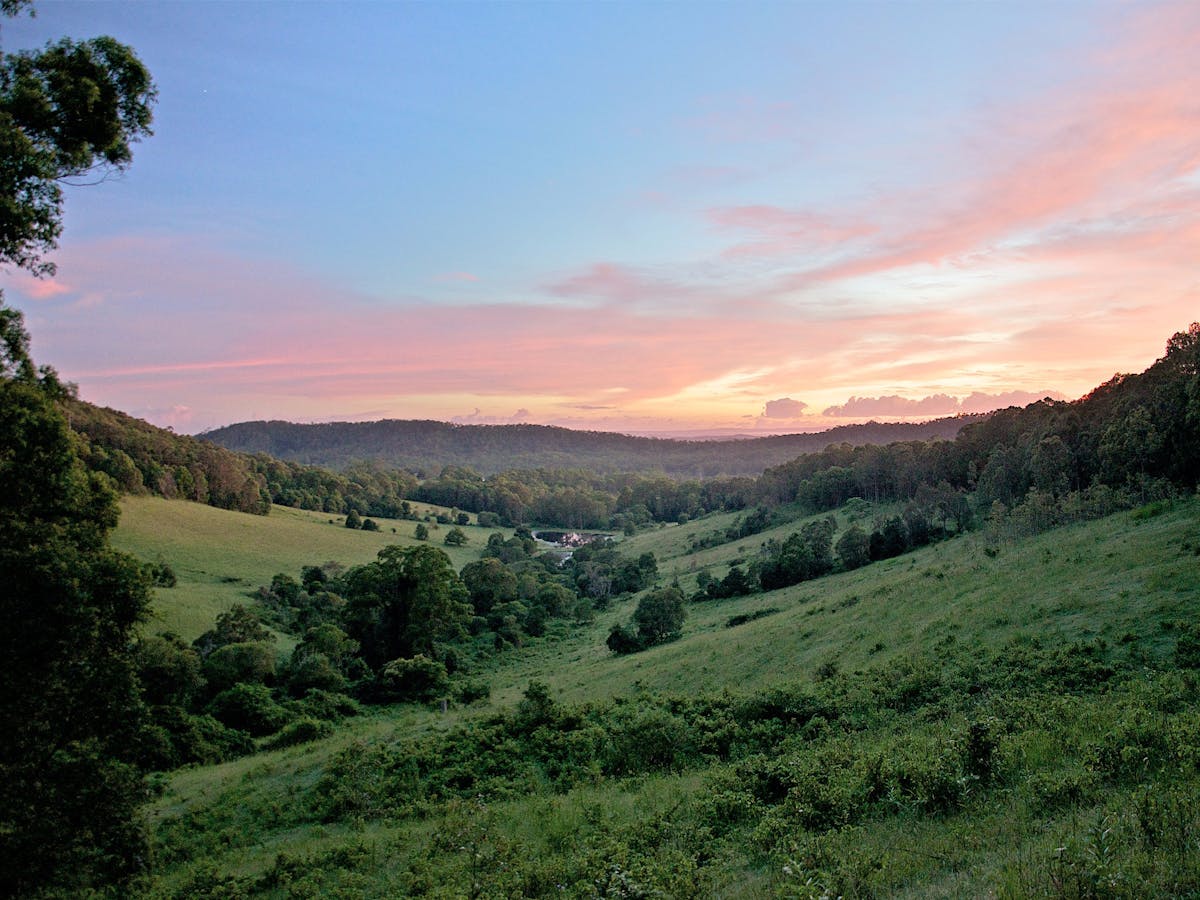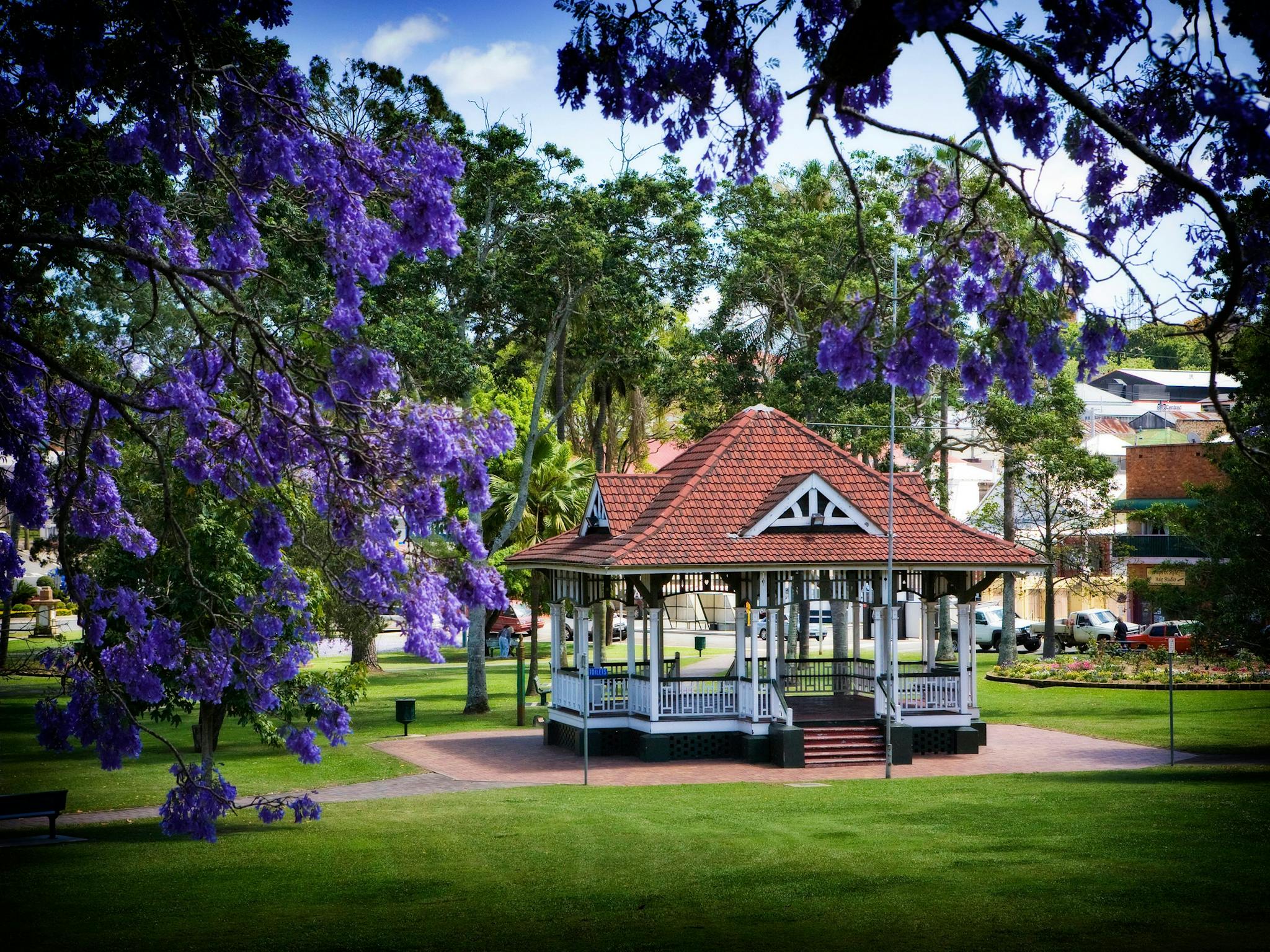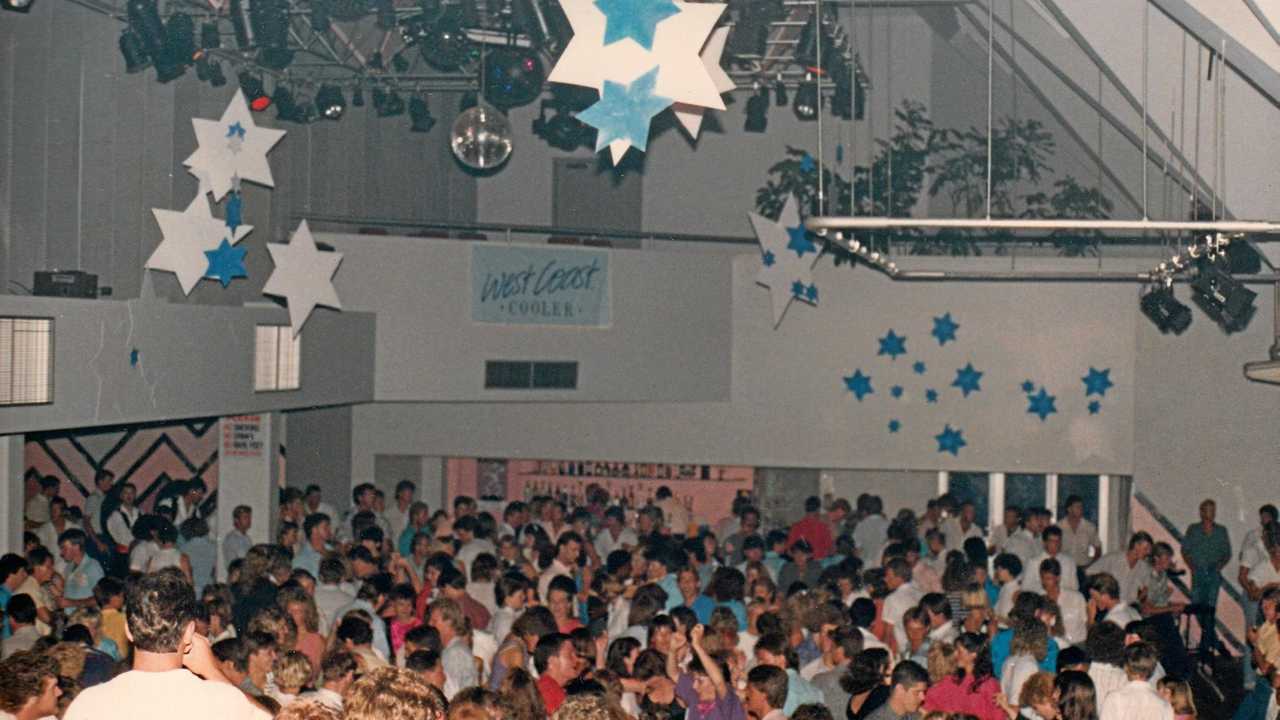Naughty Noise Makers And What Should I Do?
Well, we all have those scenarios with anything from the irritating idiot with the leaf blower that seems to go for 8 hours on a Sunday to the neighbors who wanna Rock And Roll all Night and Party Every Day, as Kiss would say.
We even used to have neighbours who's fights used to comprise of him ripping the security gate from the front of his property with his bare hands when locked out by the wife, and starting up a chainsaw at 2 am to gain access - no joke, and it wasn't "Spittle County" either - affluent neighbourhood....bags not confronting HIM!
Bearing in mind that once you start something with a neighbour (work or home) it can get really unattractive very fast, so think long and hard about how to complain about dear little "Precious" who barks from the second Mummy leaves for work to the second she gets home and then dons his halo....who knows, maybe our own pets do the same thing when we are out? Eek!
Sometimes the direct approach works and other times it becomes WW III and you live in horror until someone sells....the mere thought of Precious wearing one of those citronella collars, you philistines!
 |
| Pre-Barking Nap |
The link below at least gives you a place to start, so have a hunt around and then make your decision - should we speak, forever hold our peace, or dob anonymously....neither feels great, but at least you can make the decision with as much information at your finger tips as possible!
Noise Pollution














































